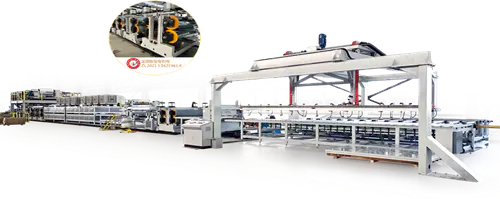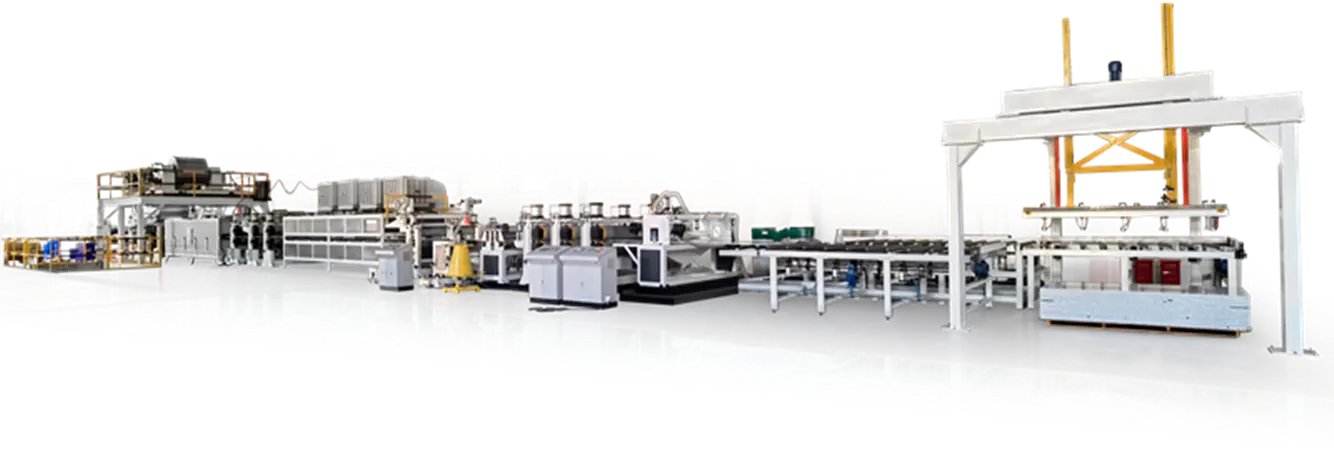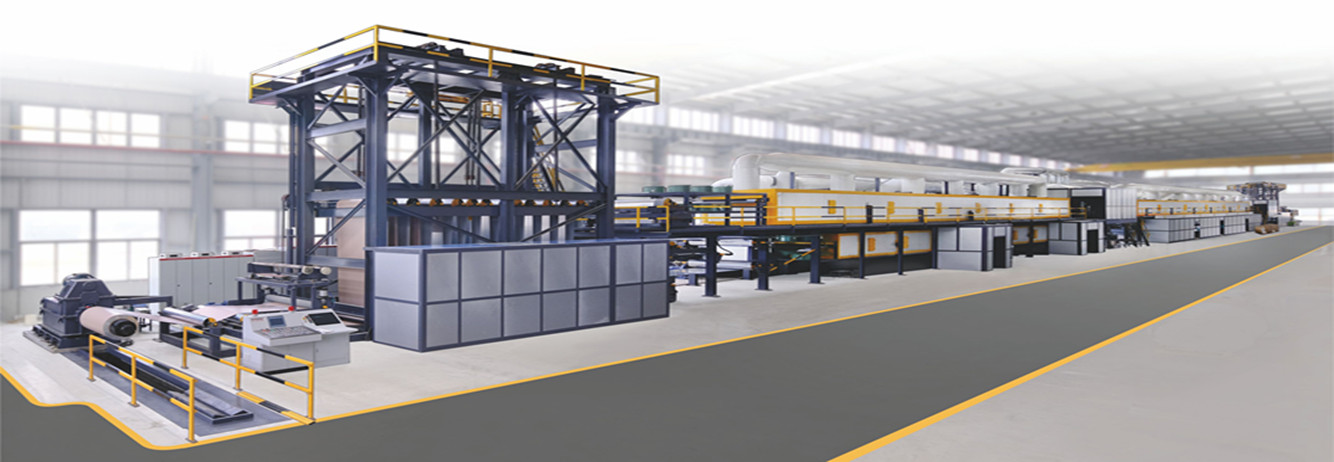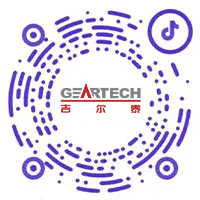In contemporary construction, material choices are playing an increasingly significant role in shaping building exteriors. Among these options, the Color Coated Aluminum Coil has emerged as a versatile solution, offering architects and designers a wide range of possibilities. Its adaptability, durability, and aesthetic potential make it a valuable resource for projects that demand both functionality and visual appeal. Alongside this, the aluminum veneer panel is gaining recognition for its contribution to modern facade solutions, complementing the properties of the coated coil while adding its own set of advantages.

One of the key factors driving the use of Color Coated Aluminum Coil is its flexibility in design applications. Architects can select from various colors, finishes, and thicknesses, allowing the exterior of a building to reflect both contemporary trends and practical requirements. This material responds well to bending and forming processes, which enables the creation of unique facade patterns without compromising structural integrity. At the same time, integrating an aluminum veneer panel can provide an additional layer of texture and depth, giving walls a more dynamic appearance while maintaining the lightweight advantages of aluminum.
Beyond aesthetics, the performance characteristics of Color Coated Aluminum Coil make it suitable for different environmental conditions. The coating protects the aluminum substrate from corrosion, UV exposure, and temperature variations, which is particularly important for buildings situated in regions with challenging weather patterns. Pairing the coil with aluminum veneer panels enhances these protective qualities. Panels can be customized to improve insulation and weather resistance, ensuring that the exterior remains resilient over time. This combination offers a practical solution for both urban developments and suburban constructions that require sustainable yet visually appealing materials.
Another factor contributing to the adoption of Color Coated Aluminum Coil in building projects is its installation efficiency. Fabrication and assembly processes are relatively straightforward, reducing on-site labor while allowing for quicker project completion. The modular nature of aluminum veneer panels complements this approach, as panels can be prefabricated and then mounted directly onto structural frameworks. This synergy reduces construction time and allows for consistent quality across large building surfaces, providing both developers and designers with a reliable material choice.
From a design perspective, the aesthetic versatility of Color Coated Aluminum Coil is difficult to overlook. Whether the goal is to create bold, eye-catching exteriors or more subtle, contemporary facades, this material accommodates a broad spectrum of creative directions. When combined with aluminum veneer panels, designers can achieve layered visual effects that enhance depth and sophistication. The interplay between color, finish, and panel arrangement opens up possibilities for façades that respond to light differently throughout the day, contributing to a more dynamic urban landscape.
Sustainability also plays a role in the growing preference for Color Coated Aluminum Coil. Aluminum is a recyclable material, and coated coils can be reclaimed and repurposed at the end of a building’s life cycle, less environmental impact. Similarly, aluminum veneer panels offer recyclability while contributing to energy efficiency through improved insulation. Together, these materials provide a forward-thinking approach that aligns with contemporary expectations for greener construction practices.
The integration of Color Coated Aluminum Coil and aluminum veneer panels offers a compelling combination of design flexibility, durability, and environmental consideration. These materials enable architects to explore new aesthetic directions while addressing practical concerns such as weather resistance and installation efficiency. As building projects increasingly demand innovative exterior solutions, the use of color-coated coils and aluminum panels is likely to continue shaping the architectural landscape, offering both visual interest and functional reliability.

 中文简体
中文简体 English
English Português
Português русский
русский Español
Español عربى
عربى









